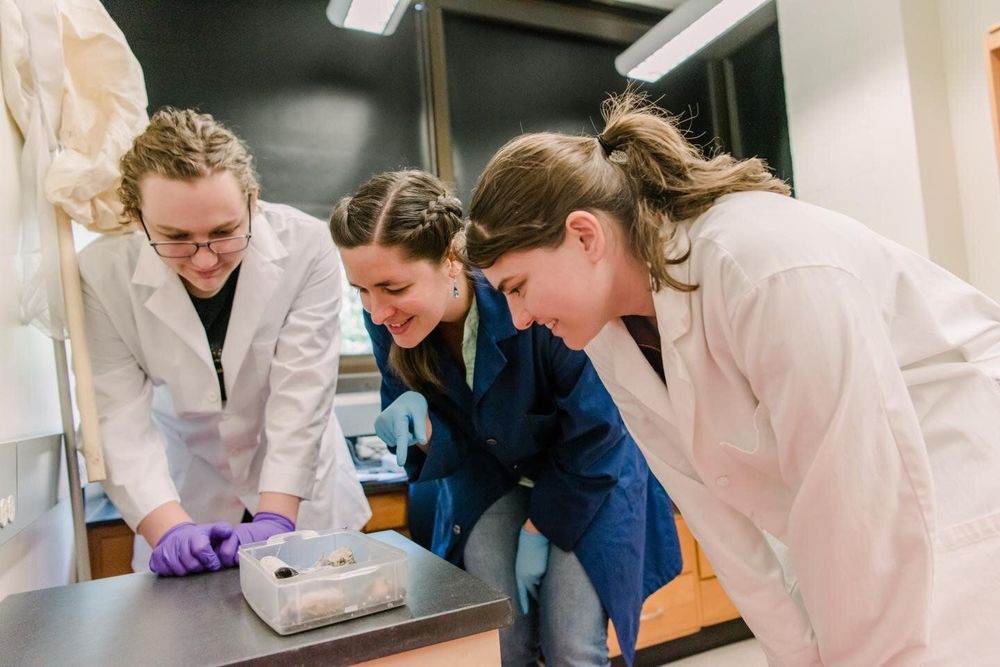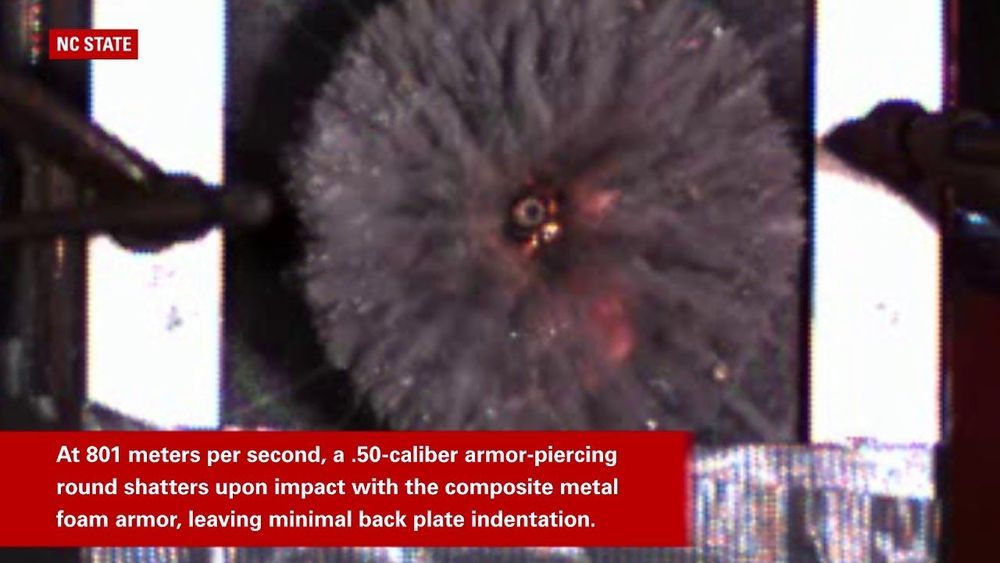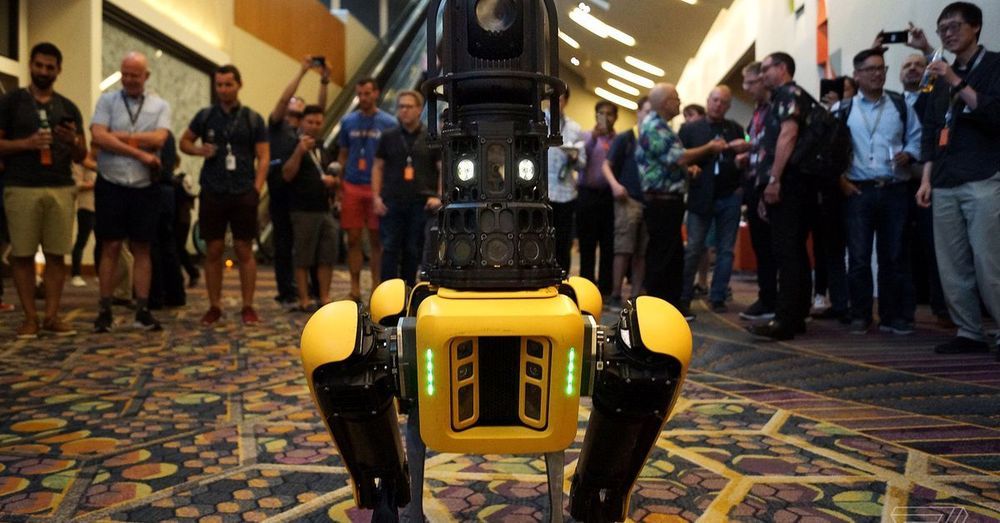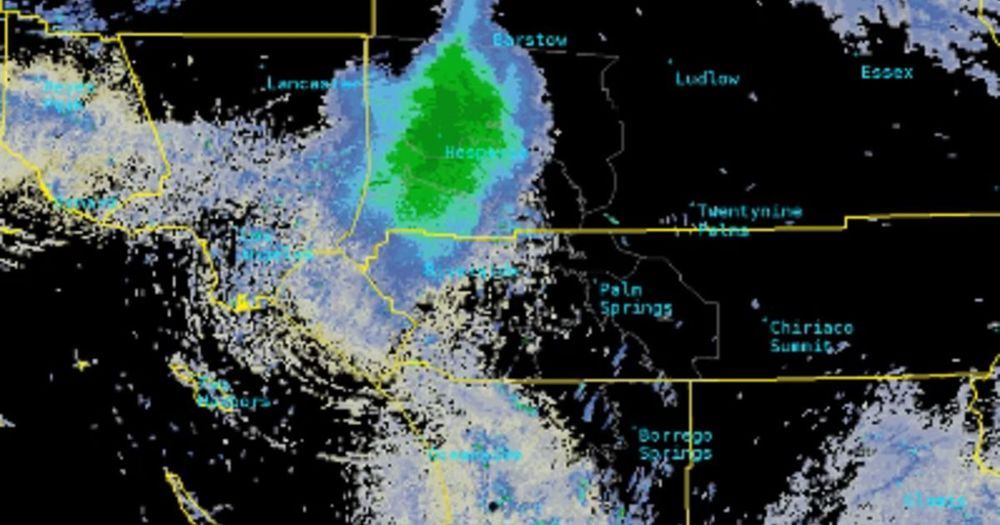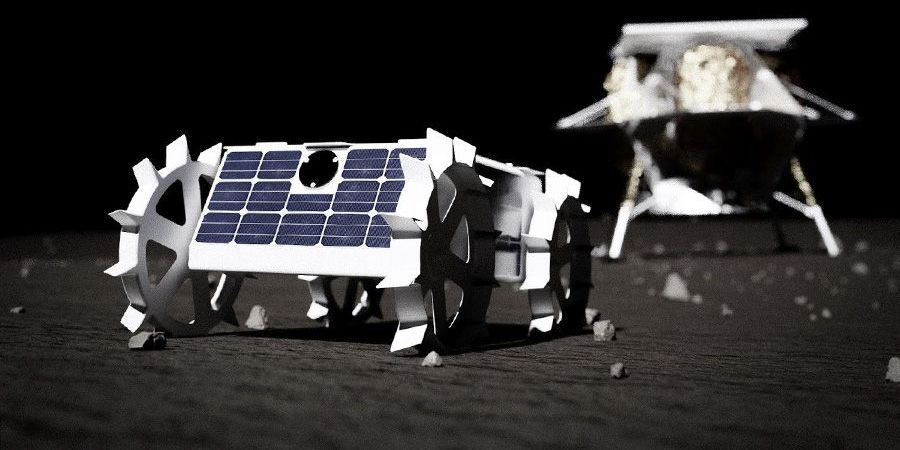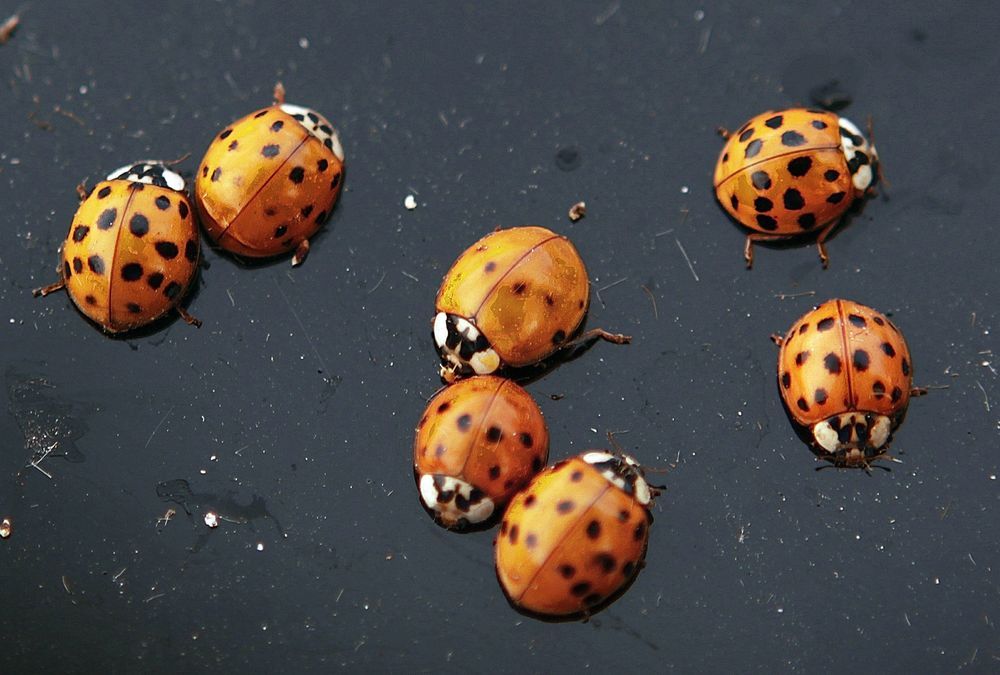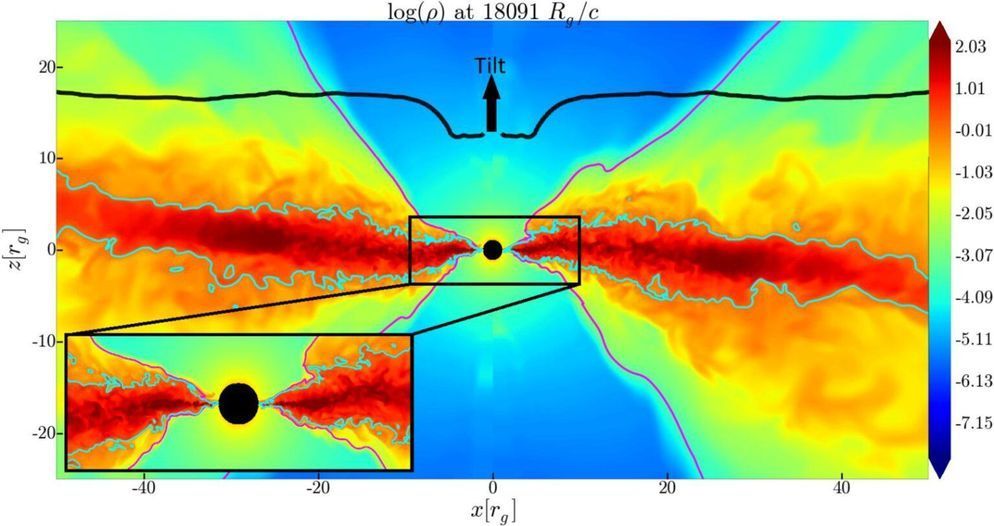Jun 6, 2019
Driverless cars: once they’re on the road, human drivers should be banned
Posted by Quinn Sena in categories: media & arts, robotics/AI
Self-driving cars could revolutionise people’s lives. By the end of the next decade, or perhaps even sooner, they could radically transform public spaces and liberate us from the many problems of mass car ownership. They’ll also be much better behaved than human drivers.
Robot drivers won’t break the speed limit, jump the lights, or park where they shouldn’t. They won’t drive under the influence of drink or drugs. They’ll never get tired or behave aggressively. They won’t be distracted by changing the music or sending a text, and they’ll never be trying to impress their mates.
Driverless cars could also change the face of public spaces. Private cars are very expensive items that do absolutely nothing 95% of the time. They are economically viable only because paying a taxi driver for all your car journeys would be even more expensive. Once cars don’t need human drivers, this cost balance should tip the other way.
Continue reading “Driverless cars: once they’re on the road, human drivers should be banned” »

